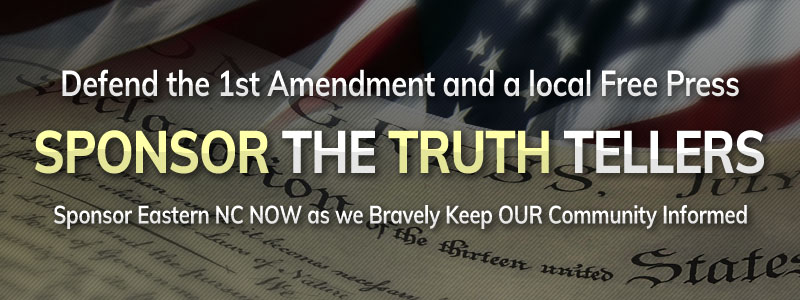Publisher's note: The author of this post is Mitch Kokai, who is an associate editor for the Carolina Journal, John Hood Publisher.
RALEIGH — Contemplate an event from recent world history that has potential to produce an informative, thought-provoking book, and it's unlikely that you would choose one 48-hour period with action limited to a hotel conference room in a remote corner of the world. Even less promising: Most of the action took place behind closed doors, with no publicly available record of the proceedings.
What might change your mind about this single weekend in October 1986? Its main protagonists led the world's two major superpowers. The discussions that took place in a Reykjavik, Iceland, hotel helped pave the way for the Cold War's end. As an added bonus, now-declassified notes offer a clearer picture of the debates' substance and style.
Ken Adelman tells the story in
Reagan At Reykjavik: Forty-eight Hours That Ended The Cold War. Adelman was Ronald Reagan's arms control director in 1986, when the American president met with Soviet General Secretary Mikhail Gorbachev. Adelman traveled with Reagan's team to Reykjavik and watched with interest as a glorified planning meeting turned into a superpower summit that fell just short of an agreement to scrap much of the world's stockpile of nuclear weapons.
A highlight of the basic plot: Reagan's recently proposed Strategic Defense Initiative, mocked by critics and the American media as "Star Wars," proved a major sticking point. Reagan wouldn't drop SDI; Gorbachev wouldn't agree to Soviet weapons reductions without limits on SDI. After hours of haggling during multiple sessions, an apparent breakthrough fell apart. Both men left Iceland after skipping the collegial handshakes and staged photos expected from this type of meeting.
Adelman delves beyond this familiar story line. He demonstrates an eye for 28-year-old detail. For instance, we learn that as Gorbachev looked across his negotiating table at the anti-communist Reagan, he had to have glimpsed at times a large portrait of a former Icelandic prime minister who had hated communism. Adelman also notes that as the two principals argued, cajoled, and pontificated at length about nuclear weapons, military aides carrying the two nations' nuclear weapon launch codes stood outside the negotiating room, each officially oblivious to the other's presence.
Media outlets practiced more pontification than reporting. Adelman notes that while not a single shred of information flowed to the press from the meetings, ABC anchor Peter Jennings nonetheless informed viewers that his expert guests "'had followed these negotiations in a very intimate way.' Of course the only thing his reporters could have followed in any intimate way was the permutations of Raisa Gorbachev's wardrobe and wanderings about town."
Impish observations aside, Adelman's most significant contribution involves his analysis of notes summarizing private meetings between Reagan and Gorbachev. "[W]e can peep through the keyhole of their small meeting room to see them, hear their back-and-forth repartee, and come to understand their core beliefs, patterns of thought, and fundamental characters in a way that history rarely offers."
Of particular note to this observer is Adelman's description of the Sunday morning session: "Their discussion was of impressive depth and breadth, ranging from how Soviet intermediate missile deployments in Asia affected European security, to the vast tapestry of comparative politics — of totalitarian Communism versus democratic capitalism. ..."
"Reagan and Gorbachev handled these topics themselves. Neither turned to his foreign minister for either information or guidance during their three and a half hours of steady substance. During their dialogue that morning, Reagan and Gorbachev were most intensively active and alive. Each must have been feeling that 'this is the real me.'"
"Sunday morning likewise revealed that even Communism's supreme leader could not justify its ways. By the end of 1986 the clock was already running down on Communist ideology and legitimacy. Gorbachev tried to respond to Reagan's attack on his system but did a poor job of it. ..."
"Gorbachev had no good response to Reagan's critique. A man that intelligent and clear-sighted had to have seen that. He had to have known that Reagan was basically right and that the path the Soviet Union had taken was basically wrong."
Hence the Reykjavik summit, which produced no agreement on nuclear arms, still helped set the course for future relations between Reagan and Gorbachev, as well as their competing economic and political systems.

























